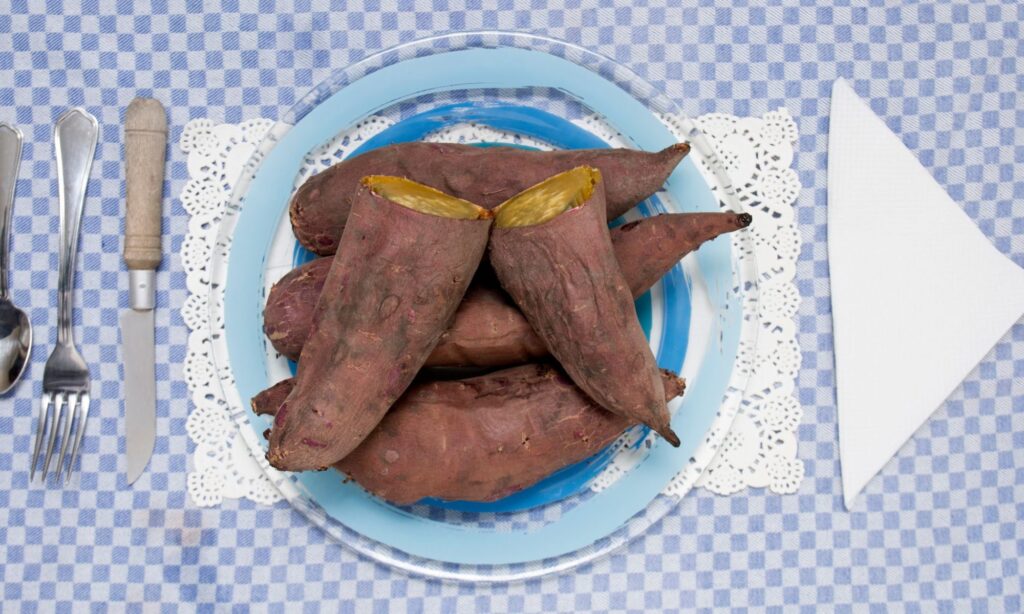This article provides an exploration of different sugars in baking. It discusses the various types of sugar, including granulated sugar, brown sugar, powdered sugar, and natural sweeteners like honey and maple syrup. Each sugar is described in terms of its flavor profile, characteristics, and nutritional value. Granulated sugar is the most commonly used sugar in baking and provides structure, moisture, and browning. Brown sugar has a higher moisture content and molasses flavor. Powdered sugar is finely ground and ideal for frostings and glazes. Natural sweeteners offer healthier alternatives with added nutritional benefits. Overall, sugars greatly enhance the taste, texture, and appearance of baked goods.
Sweet Sensations: An Exploration of Different Sugars in Baking
Introduction
Sugar is a fundamental ingredient in baking, responsible for adding sweetness, texture, and coloring to a wide range of treats. However, not all sugars are created equal. Each variety brings its own unique flavor profile and characteristics to baked goods. In this article, we will delve into the world of sugars, exploring their nutritional value and how they can enhance your baking creations.
Granulated Sugar
Granulated sugar, also known as white sugar or table sugar, is the most commonly used sugar in baking. It is made from sugar cane or sugar beets and undergoes a refining process that removes impurities and moisture, resulting in its recognizable fine white crystals.
Granulated sugar is purely sucrose, providing only empty calories with no nutritional value. However, it plays various crucial roles in baking. It acts as a tenderizer, helping to retain moisture in baked goods, while also providing structure and promoting browning.
Brown Sugar
Brown sugar has a higher moisture content and a distinct molasses flavor, making it a popular choice in recipes that call for a rich, caramel taste. There are two common types of brown sugar: light and dark. Light brown sugar has a milder flavor, while dark brown sugar has a stronger molasses taste.
Brown sugar is essentially granulated sugar blended with molasses, which gives it its unique characteristics. While it is still calorie-dense and offers minimal nutritional benefits, the molasses content provides small amounts of minerals like calcium, potassium, and iron.
Powdered Sugar
Powdered sugar, also known as confectioners’ sugar or icing sugar, is granulated sugar that has been finely ground into a powder and combined with a small amount of cornstarch. This process results in a texture that easily dissolves and is ideal for making frostings, glazes, and dusting desserts.
Similar to granulated sugar, powdered sugar is devoid of any significant nutritional value, primarily comprising of pure sucrose. Its powdery consistency, however, contributes to the smooth texture and glossy appearance of icing and glazes.
Natural Sweeteners
In recent years, the demand for healthier alternatives to traditional sugars has grown exponentially. Many natural sweeteners have gained popularity within the baking community as a way to reduce the overall calorie content and glycemic impact of baked goods.
One popular natural sweetener is honey. While it is still a form of sugar, honey includes small amounts of vitamins, minerals, and antioxidants that regular sugars lack. It adds moisture and depth of flavor to baked goods, but care must be taken in adjusting other ingredients due to its high sweetness.
Another natural sweetener is maple syrup, derived from the sap of maple trees. It provides a unique, rich flavor profile and contains trace amounts of manganese, zinc, and various antioxidants. Similar to honey, it adds moisture to baked goods and can be used as a substitute in many recipes.
Conclusion
Sugars play an integral role in baking, enhancing the taste, texture, and appearance of countless treats. While they offer limited nutritional value, understanding the different characteristics of sugars allows bakers to create unique and delicious desserts. Whether you choose traditional options like granulated and brown sugar or experiment with natural sweeteners, the world of sugars is sure to offer a sweet sensation in your baking endeavors.
